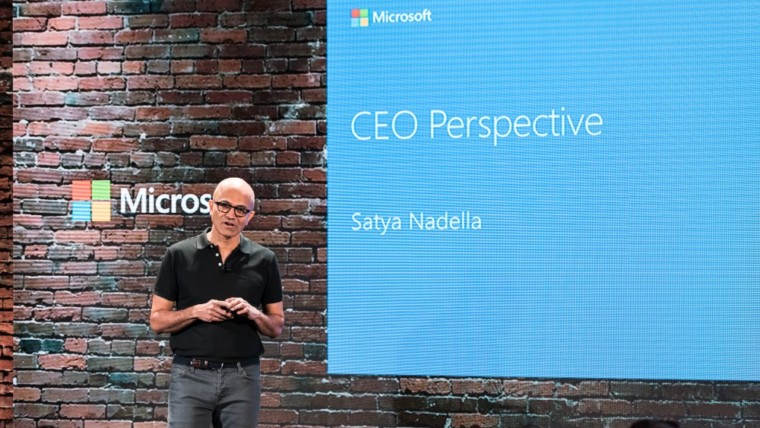If there’s a disconnect between executives and young talent at your company, try implementing reverse mentoring. Like the name suggests, reverse mentoring is when lower-level employees are paired with senior managers to teach them something new.
In the case of The Hartford, a Massachusetts-based insurance company founded in 1810, reverse mentoring was implemented when they realized they needed to innovate more. Hartford’s chairman, Liam E. Magee, saw reverse mentoring as the perfect strategy for the company to become more literate in digital technologies like the cloud, social media, and mobile computing.
As a result of joining two ends of the company hierarchy together, The Hartford saw positive change in their organization. Most people who participated in the project had a newfound trust and hope for their company’s younger employees, which resulted in digital projects that were carried out immediately. Everyone was aligned on long-term goals for the company’s digital future, which resulted in fewer meetings, higher productivity, and better morale.
The Hartford-based its reverse mentorship program on a classic change model, ADKAR:
- Awareness of the need for change
- Desire to support and participate in the change
- Knowledge of how to change
- Ability to implement the change
- Reinforcement to sustain the change
How to Set Up a Reverse Mentorship Program based on ADKAR
- Establish program goals. A core team of employees from all levels of the company joined together to identify five key goals. These included points on how they wanted to run the reverse mentorship program, as well as what they wanted results to look like.
- Recruit mentors. The Hartford was selective with their program mentors. Following ADKAR, they wanted mentors who would support a change, so they set up an application process. The ideal mentor was someone who was a top performer on their team, had a knack for online community management, and was trusted by their peers.
- Set up support for each pair. Mentors were tasked with researching each mentee’s needs and interests, while the mentees were responsible for completing reading assignments on digital technologies. An HR coach would then facilitate meetings between mentors and mentees to match up the perfect pairs. After pairs were finalized, the HR coach helped each one set up a plan.
- Provide tools. The core team created a reverse mentorship bible to help keep every pair on track. This group of resources included a talent profile for each mentee, a master session schedule, a SharePoint site, and a mentorship guidelines document.








The Evolutionary Edge
Every Link Ever from Our Newsletter
Why Self-Organizing is So Hard
Welcome to the Era of the Empowered Employee
The Power of “What If?” and “Why Not?”
An Adaptive Approach to the Strategic Planning Process
Why Culture/Market Fit Is More Important than Product/Market Fit
Group Decision Making Model: How to Make Better Decisions as a Team